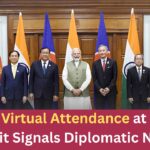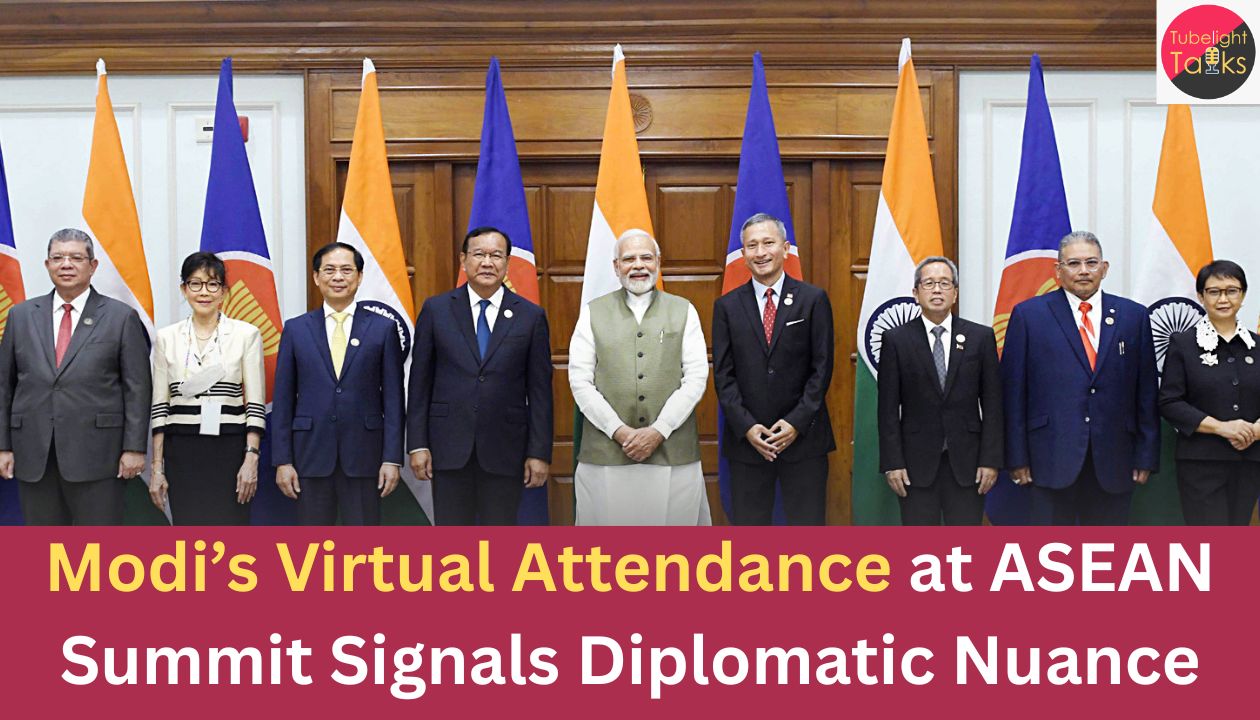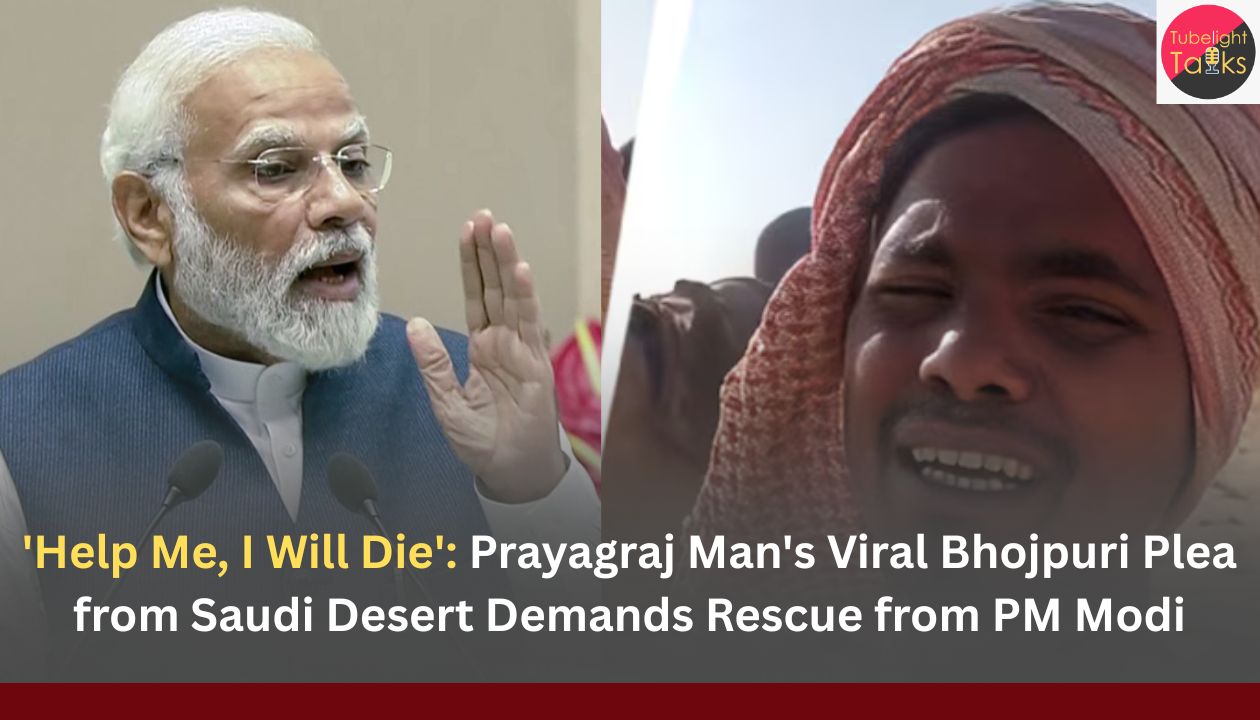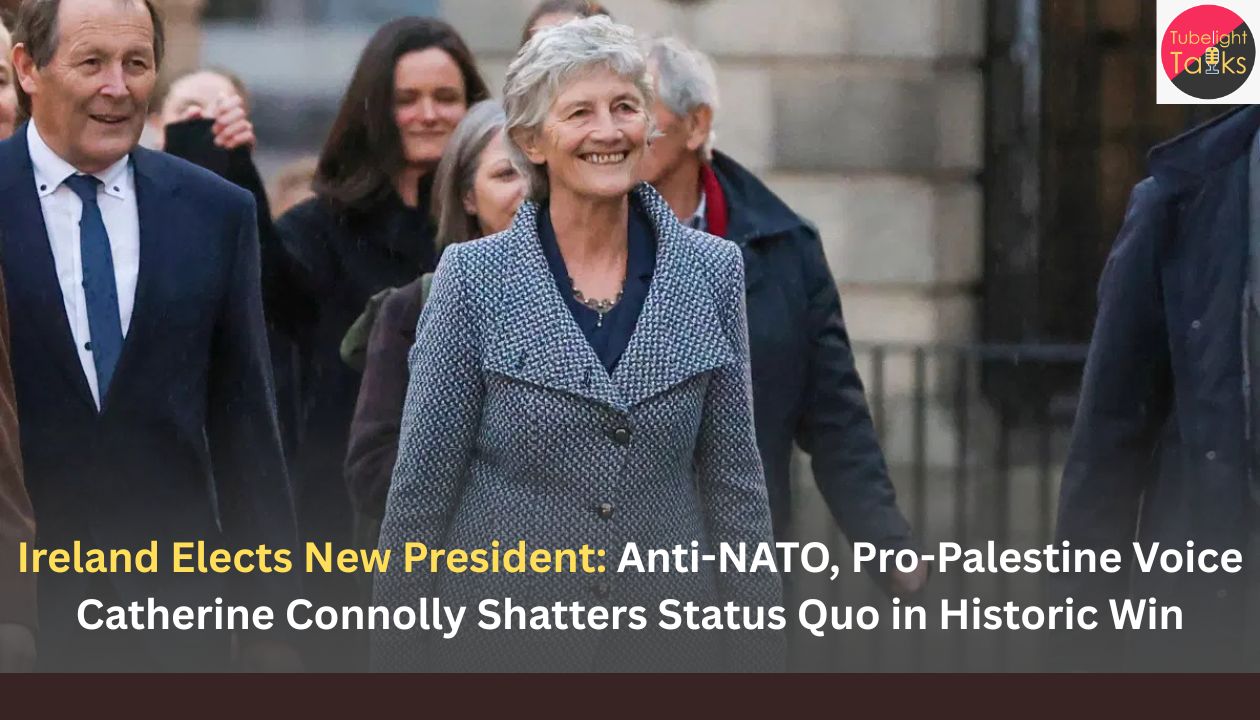Modi’s Virtual Attendance: The 47th ASEAN Summit, hosted in Kuala Lumpur from October 26‑28, 2025, brings together the ten ASEAN member states and key partners including the U.S., China, Japan and India. India, a strategic partner to ASEAN for decades, uses the summit platform to advance its “Act East” policy, strengthen regional ties and engage on issues ranging from trade, security to technology.
Modi’s Decision to Attend Virtually
According to a Reuters report, Prime Minister Modi confirmed on October 23 that he will participate virtually from India and will not travel to Malaysia. Malaysian Prime Minister Anwar Ibrahim noted Modi cited the ongoing Deepavali festival in India as a reason for not making the trip.
Why No Modi‑Trump Meeting?
Trade & Energy Overhang
Expectations of a potential meeting between Modi and Trump in Kuala Lumpur had been speculated, particularly amid ongoing India‑U.S. trade negotiations. However, no face‑to‑face meeting will take place according to Indian announcements. One major point of tension remains India’s continued purchase of Russian crude oil, prompting U.S. tariffs on Indian goods. The Reuters article indicated that the U.S. had imposed a 25 % punitive tariff in August, raising total levies to 50 %.
Strategic Autonomy & Diplomatic Signalling
Modi’s virtual attendance sends a message of diplomatic caution and autonomy—India is signalling that it will engage regionally, but on its own terms. Analysts interpret the move as New Delhi balancing its Asia‑Pacific aspirations while managing relations with Washington and Moscow.
Implications for India‑ASEAN and Wider Diplomacy
India‑ASEAN Relations
Despite the virtual attendance, India’s commitment to strengthening its ASEAN partnership remains firm. Modi’s statement emphasised “further deepening of the ASEAN‑India Comprehensive Strategic Partnership.” Participation in person may be optimal, yet virtual presence still allows India to contribute to discussions and maintain its regional profile.
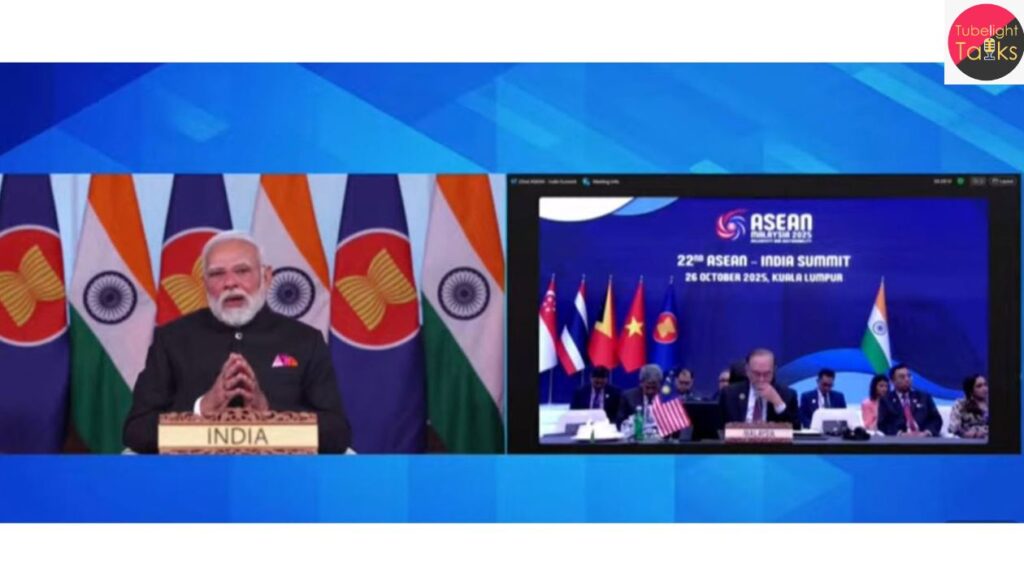
India‑U.S. Trade Diplomacy
The lack of a Modi‑Trump meeting may slow momentum in concluding a trade deal between India and the U.S. Indian media had reported that a deal could cut tariffs to 15‑16 %, but energy and agriculture remain sticking points. The timing of Modi’s decision could reflect New Delhi’s assessment that an in‑person interaction might highlight unresolved gaps rather than facilitate a breakthrough.
Read Also: India–US Relations in 2025: Navigating Strategic Partnership Amid Rising Trade Tensions
Indo‑Pacific Geopolitical Dynamics
With major powers converging in Kuala Lumpur, including President Trump, China’s leadership and ASEAN heads, India’s approach of attending virtually may underscore its preference for flexible, multi‑vector diplomacy rather than binary alignment.
Strategic Clarity on Leadership and Global Engagement
In an age of international summits and diplomatic theatre, the teachings of Sant Rampal Ji Maharaj on satgyan (true knowledge) remind us that meaningful engagement goes beyond optics—it is rooted in integrity, purpose and collective welfare. Modi’s virtual participation, while modern in form, can be seen through the lens of satgyan if it aligns with clear national priorities, holistic cooperation and equitable progress. Leadership that embraces service, mutual respect and strategic clarity is more enduring than grandeur alone.
What to Monitor Post‑Summit
Progress in India‑U.S. Trade Talks
Will negotiations resume soon? Will the reported tariff reduction to 15‑16 % materialise, and how will energy and agriculture issues be resolved?
Outcomes from ASEAN Meetings
Which bilateral or multilateral statements mention India? Will there be new trade, investment or security frameworks emerging from the summit?
India’s Regional Positioning
Will India announce follow‑up visits, new regional engagements or strategic partnerships in the wake of the summit? How will it navigate ASEAN plus‑China and ASEAN plus‑U.S. dynamics?
FAQs: Modi’s ASEAN Summit Participation
Q1. When is the 47th ASEAN Summit scheduled?
October 26‑28, 2025 in Kuala Lumpur, Malaysia.
Q2. Why will Modi attend virtually instead of travelling?
Prime Minister Modi cited Deepavali celebrations; analysts also see trade/energy and diplomatic considerations as factors.
Q3. Will Modi meet President Trump during the summit?
No — Indian officials confirmed that there will be no in‑person Modi‑Trump meeting.
Q4. Who will represent India in person at the summit?
External Affairs Minister S. Jaishankar is expected to attend in person.
Q5. What key agenda items will India engage on?
India will seek to deepen its strategic partnership with ASEAN, engage on trade/investment, and watch regional security issues as part of the Indo‑Pacific framework.



